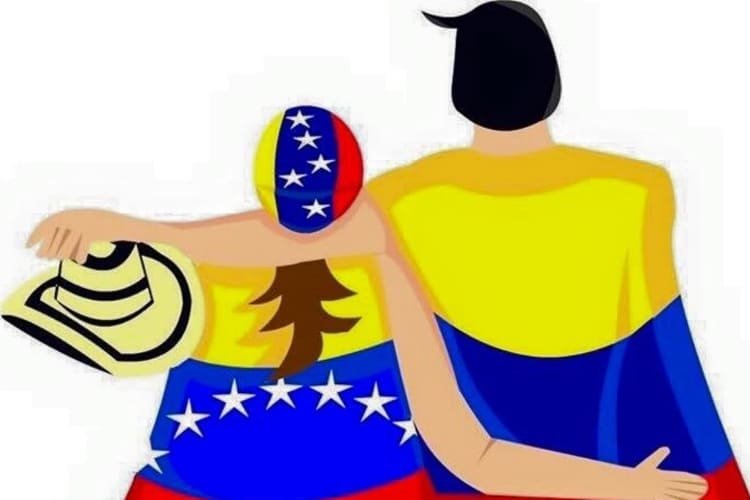Cryptodollar: Can this Bitcoin-powered Currency Put an End to Hyperinflation in Venezuela?

If we were to select an example country with the highest inflation rate in the world, no one would argue if we named Venezuela as the biggest contender in this arena. Under the communist regime of Hugo Chavez first and then Nicolas Maduro, the country has experienced the biggest drop-down of consumer prices in its history.
Digital currency to save Venezuela?
In technical terms, the cryptocurrency is backed by the biggest digital currency on the market, Bitcoin, while it is going to act as a synthetic US dollar. According to the original plan, the digital currency will allow Venezuelans to make foreign remittances in a stable asset that doesn’t lose its value in-between the transaction process due to the hyperinflation ravaging their country.
What started all this was the influx of Venezuelan workers in neighboring Colombia. Obviously, these people couldn’t possibly find a decent job in their country, that’s why they fled from it to at least support their families that were left behind. But while they earned a decent income in Colombia, there was still an issue of transferring the money from there to their home country. Using the US dollar for it was out of the question due to government restrictions, so, they were left with their own currency, the bolivar.
Foreign remittances in Cryptodollars
That’s where the Cryptodollar comes in. Stored in a smartphone wallet app, it is far easier to make Cryptodollar transactions than it is for other cryptocurrencies. And this simplicity is still present even though the Cryptodollar is backed by Bitcoin. Currently, the digital currency is still in a developmental Alpha process. As its creator stated in his tweet, the creation of Cryptodollar required almost 4 months, hundreds of thousands of written clean codes, the lockdown frenzy during the COVID-19 outbreak. But the end-product is a digital currency that is poised to chance lots of Venezuelans’ lives.
Congrats on the launch!
— John Yandziak (@jyandziak) April 23, 2020
Image courtesy of Venezuela Analysis